Ilkeston Town Walk - Stage 11 - South Street
w/e 20 July 2003
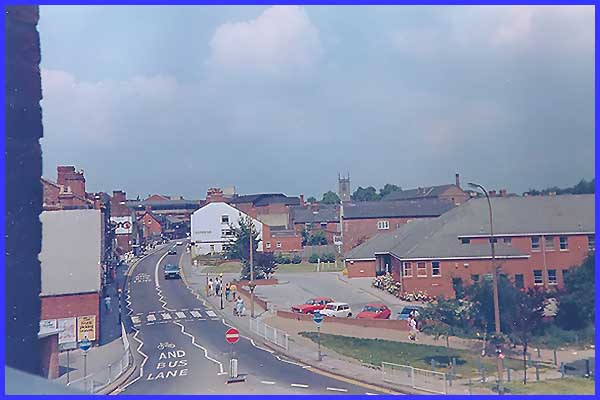
The scanned photograph above was taken circa 1986 when I worked
on the top floor of what is now Toll Bar House looking up South
Street towards the town centre.
|
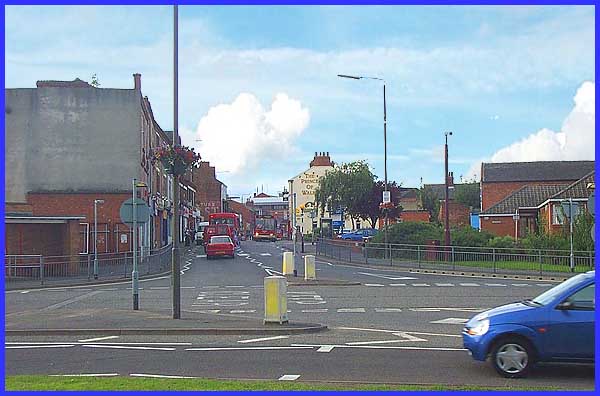
Apart from a few coats of paint, some different road markings,
new safety railings and bollards and an increase in the number
of vehicles on the road, the view today is pretty much the same
as can be seen from this similar shot from ground level.
|
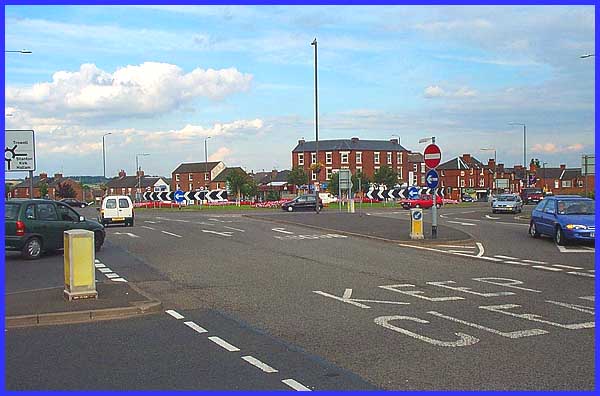
What has changed significantly in those intervening years is
the view from the bottom of South Street across White Lion Square
towards Nottingham Road. The area is now dominated by a large
traffic island at the southern end of the town's inner relief
road, Chalons Way.
|
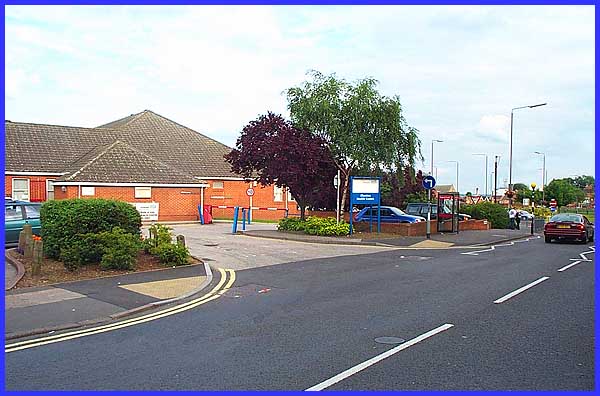
It was in this area on South Street that long ago, a toll bar
was erected to pay for the upkeep of the road but today the electrically
operated barrier just to the left of centre in this picture,
serves only to restrict access to the car park of the Ilkeston
Health Centre.
|
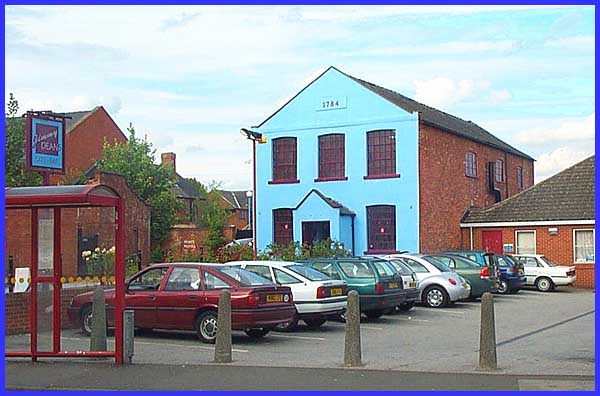
The Health Centre is one of the newer buildings in the town but
it stands right next door to one of the oldest surviving buildings.
Bearing the date 1784, the former Baptist Chapel is now known
as Jimmy Deans and attracts a customer base looking for spiritual
guidance of the liquid kind. Food is also available.
|
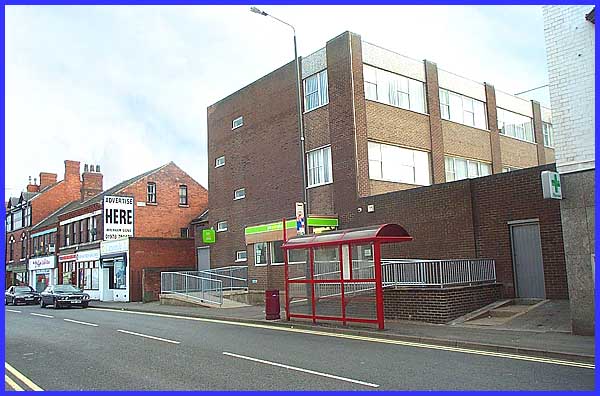
Next to Jimmy Deans another pub, The Prince of Wales*, is visible
in the top two pictures on this page. Opposite, the site of another
chapel (South Street Methodists) is now occupied by this office
block that houses the Department of Social Security and is now
also the home of the Job Centre following its move from previous
premises on Nesfield Road, near Victoria Park.
*Update Summer 2006 - The Prince Of Wales has recently undergone
a major refurishment and is now called The Poacher. 'Prince turns
Poacher!' - not sure what the Royal Family thinks.
|
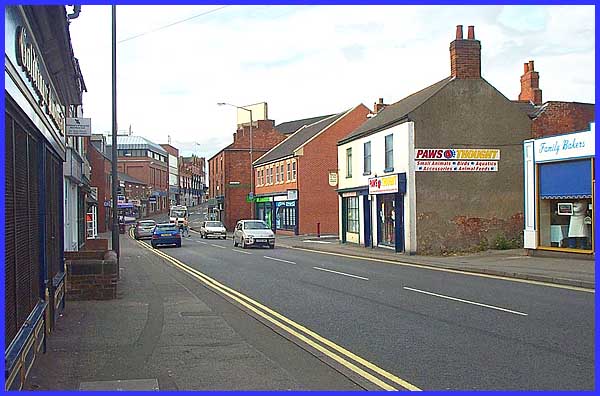
We are now about half way along South Street and as we "Paws
4 Thought" we can see a variety of architectural styles
in this view towards the Market Place. Just beyond the new block
in the centre the sign on the wall reads Weaver Row and is a
reminder that in the 17th and 18th centuries, the area was occupied
by weaver's cottages.
|

